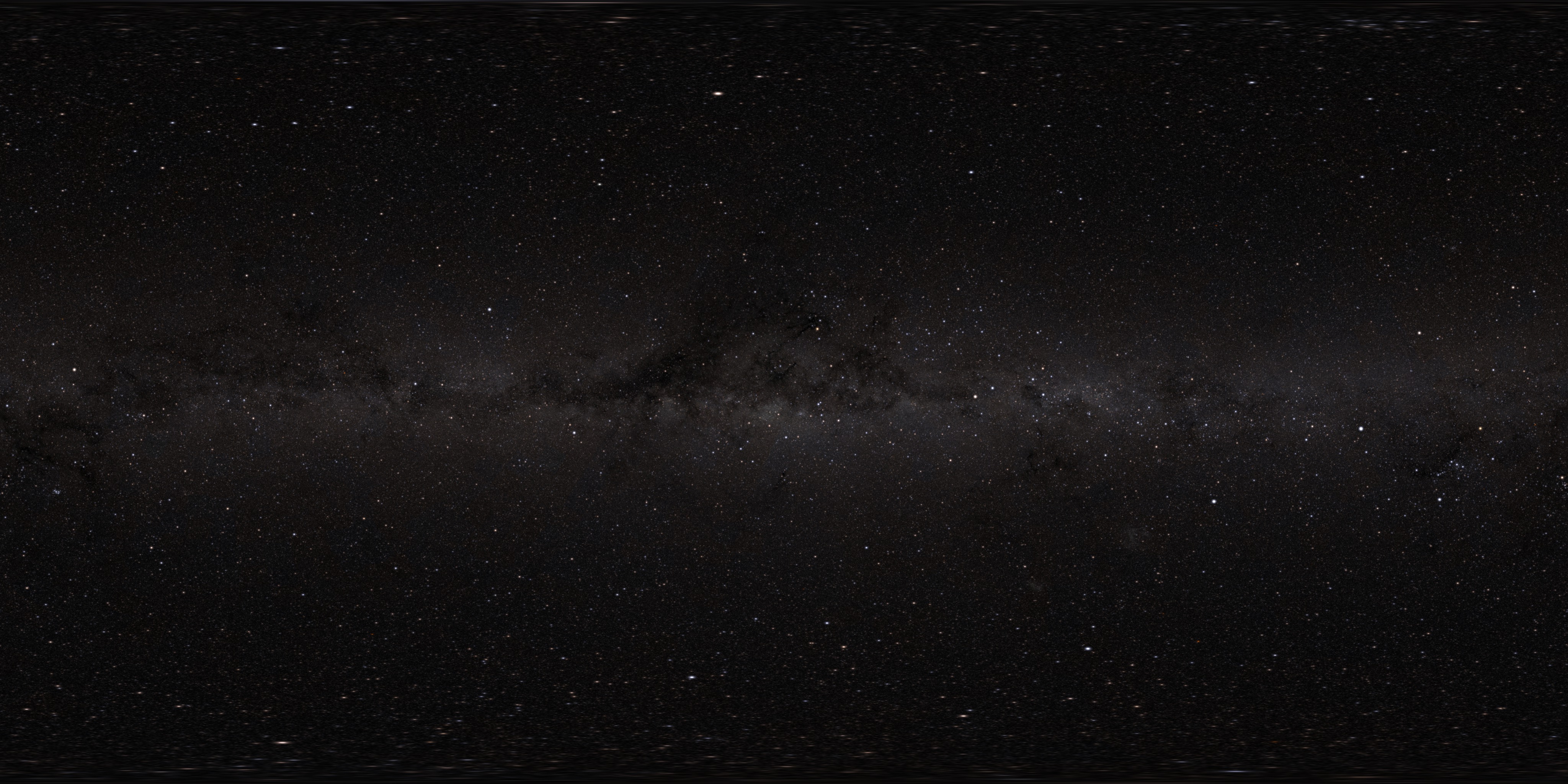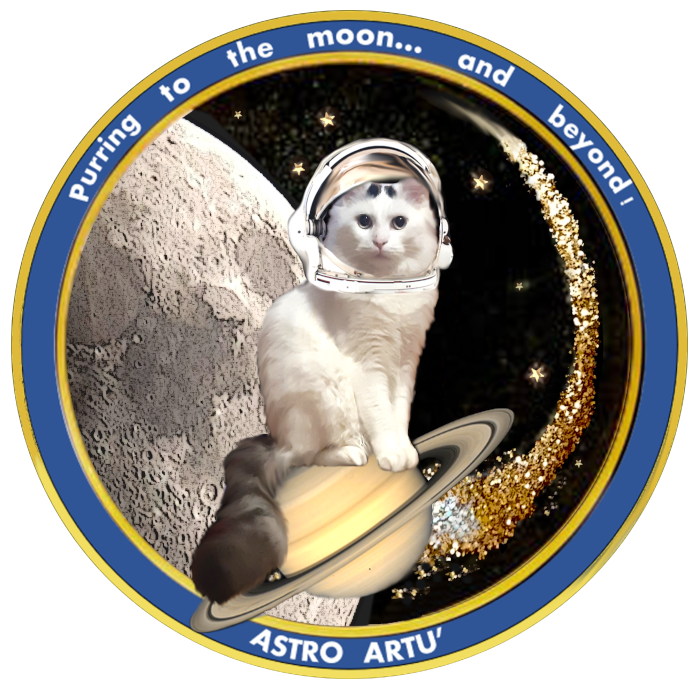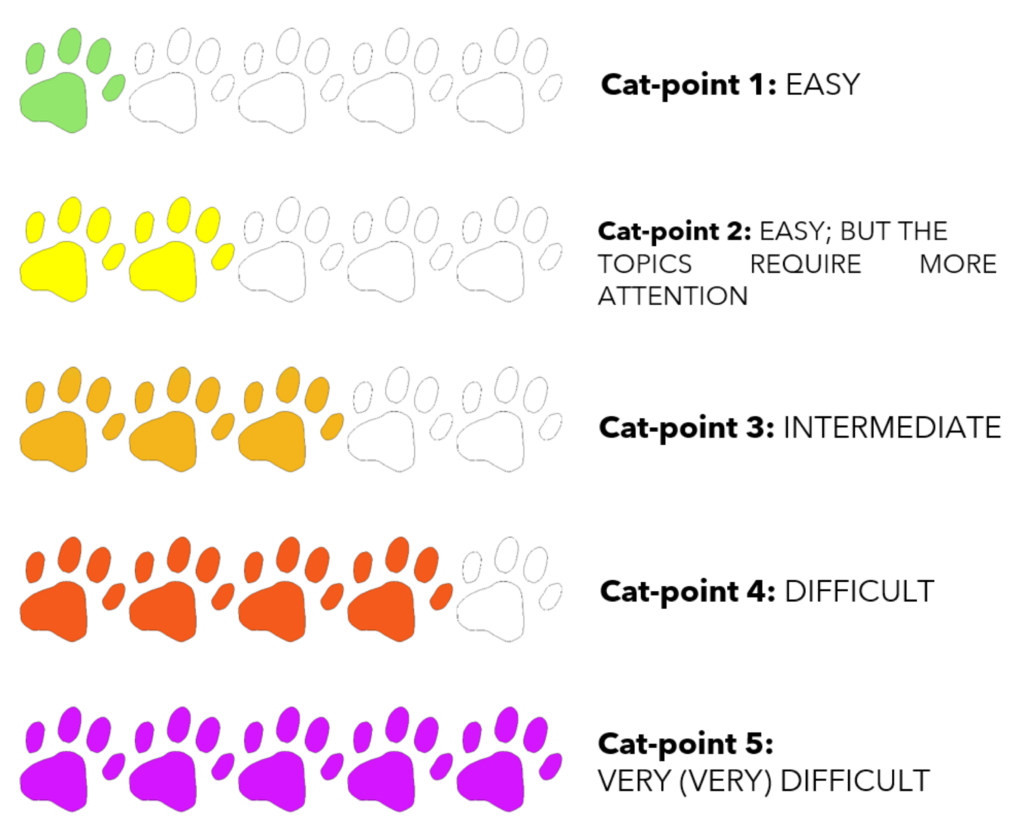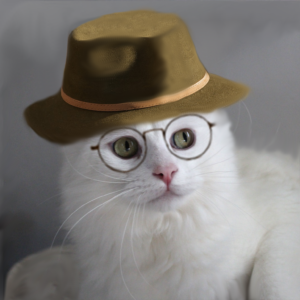Hi guys!
As CCEO (Cat CEO) of this website, for some time now I have been looking for the best way to communicate data graphically, both internally to our staff and for the articles we prepare for you. It already seemed all seen and seen again and, therefore, super boring … when I had the intuition to stop squeezing my brains and go to my humans to ask opening a tuna can. And here, like a flash, the most innovative idea that I could have imagined up to that moment during all my investigations sparked in my mind, clearing up any doubts: I had to make the TUNAGRAMS!
I cannot describe my enthusiasm after having that happy intuition, it will suffice to say that I left the tuna for a moment to go and confer with my humans and tell them this fantastic idea.
Obviously they were thrilled and, at that point, my work as a cat-magnificent inspirer, supreme genius inventor of amazing creations, was over: I could quietly go back to my tuna can.
I let them produce, going to dispense my beneficial purring from time to time to motivate them. In truth, also to check that everything was going smoothly, without jams due to stagnation of the project … not that my humans are lazy, that was absolutely not the meaning, and I admit that perhaps I could have expressed myself better… Let’s say that in all projects it happens to run aground in some rock and I was always ready to throw them a rope to free them.
After a month of hard work, I am pleased to present you the first tunagrams we created (I call them “the first” because new ones could surely come out![]() !).
!).
I almost forgot: the background of the tunagrams is orange (because it’s my favorite color!), but you can also choose the white one.
Initially, the “ScatterTuna-gram” was born, essentially a scatterplot, that is a graph in which highlighting the relationship between two continuous numerical variables x and y (note: a continuous numerical variable is a variable represented by numbers, integers or decimals, often deriving from measurements).
To give you an example, I propose the ScatterTuna-gram of the hypothetical relationship that I expect there will be between the increase in the quantity of my tuna cans in relation to the increase in the number of articles that we will publish on Astro Artù: the graph clearly shows a linear and positive relation between the two variables.
Continue reading “Tunagramms!”



